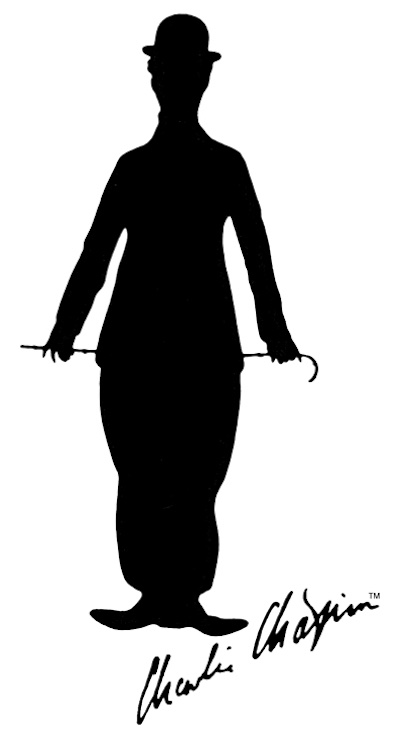Charles Spencer Chaplin Jr. was born in London on April 16, 1889. He died Dec. 25, 1977, in Corsier-sur-Vevey, Switzerland.
 Young Charlie Chaplin, as the saying goes, had every disadvantage one needs to succeed. He went on to revolutionize comedy, film production, and the studio business model. Once the most famous actor in the world, politics and problems in his personal life led him to leave the United States for Switzerland.
Young Charlie Chaplin, as the saying goes, had every disadvantage one needs to succeed. He went on to revolutionize comedy, film production, and the studio business model. Once the most famous actor in the world, politics and problems in his personal life led him to leave the United States for Switzerland.Chaplin was born in Victorian-era London to a life of Dickensian hardship. His parents, who both worked as performers, separated when he was just 2. His mother raised him and his older half-brother, Sydney, but her failure to find work left them in dire straits. Charlie was sent to a workhouse first at 7 and again at 9. His mother was then committed to a mental asylum, and she remained under care until her death in 1928.
Given his parents’ background, it’s not so surprising that Charlie sought work in the English music hall circuit – roughly the equivalent of American vaudeville. He briefly toured as part of a clog-dancing troupe and won his first acting role by age 14. It was a comic role, and it won him critical praise. Within two years, at 16, he was performing in London’s West End, England’s Broadway equivalent.
Sydney Chaplin had also pursued a stage career and had won a spot in Fred Karno’s company. Karno was an important innovator in stage comedy: He’s credited with creating the pie-in-the-face gag and sketch comedy in general. Sydney convinced Karno to hire Charlie, and by 1910 he was a star performer. Karno took both Chaplins on a 21-month vaudeville tour of the United States. (Charlie’s understudy for the Karno tour was Stan Laurel.)
Six months in to a second U.S. tour, in 1913, Chaplin was invited to sign with the New York Motion Picture Co., the parent of Keystone Studios (of Keystone Cops fame). Charlie said yes. It was for his second Keystone film, Mabel’s Strange Predicament, that Chaplin created a character that would be forever tied to him. It was known simply as the Tramp.
“I wanted everything to be a contradiction,” Chaplin wrote in his autobiography. “The pants baggy, the coat tight, the hat small and the shoes large.... I added a small moustache, which, I reasoned, would add age without hiding my expression. I had no idea of the character. But the moment I was dressed, the clothes and the makeup made me feel the person he was. I began to know him, and by the time I walked on stage he was fully born.
“The whole point of the Little Fellow is that no matter how down … he is, no matter how well the jackals succeed in tearing him apart, he's still a man of dignity.”
Chaplin soon chafed under Keystone’s directors; his popularity kept him from being fired. Instead, Mack Sennett, the legendary director-producer who was then the studio’s head, let him direct a film – on the condition that Chaplin pay him back if it failed. It did not fail.